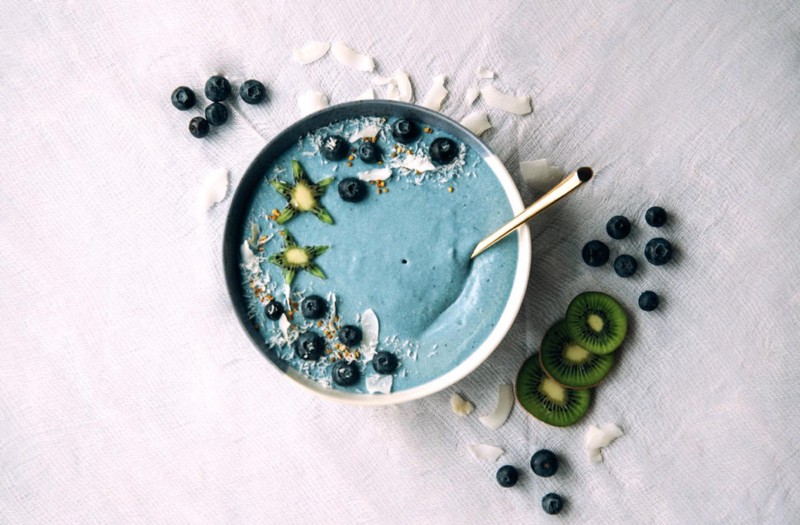Do you keep close tabs on your diet and what you’re putting into your body? If so, you probably pay attention to food labels when you grocery shop. They tell you whether something’s organic, natural, free of trans fat or has some sort of health benefit. But the truth is, food labels can be misleading and it’s not always smart to trust them. Here are five food label terms you should always question.
“Trans fat free” or “0 grams trans fat”
We should avoid trans fat like the plague. They offer zero health benefits and only encourage the growth and spread of disease, including diabetes, cardiovascular issues and even cancer. So, if a label says “trans fat free”, you’re in the clear, right?
Not so fast. As long as the product has less than 0.5 grams trans fat in each serving, the product can say it’s trans fat free. But once you eat more than one serving (and who doesn’t?) there’s a good chance you’re actually consuming trans fat.
“Lowers cholesterol”
Some foods really do help to lower cholesterol levels, but often these same ingredients et mixed in with sugar, processed grains, preservatives, coloring and additives.
So, while that box of cereal may have a cholesterol lowering ingredient, that doesn’t mean your bowl of sugary breakfast cereal is particularly healthy.
“Organic”
The word “organic” can show up on lots of food labels, but that doesn’t always mean your product is 100% organic. That’s only the case when the label states, “100 recent organic” guaranteeing that all ingredients and processing aids are in fact, organic.
The word “organic” simply means that it’s a mix of both organic and non-organic ingredients. “Made with organic” indicates that at least 70% of the ingredients are certified organic.
“Natural”
There is no regulation when it comes to “natural”, so companies can use it whenever and however they want, and they do! So, always check the ingredient list to see what’s really in your food item. This can help you determine just how natural it is.
“Light” or “lite”
The FDA does regulate these terms, and they can only be used if the item is a low-fat food. This can make you think it’s a healthy food. But think again. It may be low-fat but it can also be high in sugar, artificial sweeteners and heavy processing – making it anything but healthy.




